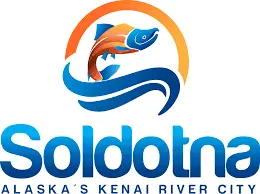Plan Your Trip
to the Kenai Peninsula
The Kenai Peninsula is a stunning destination featuring vibrant communities and expansive public lands. Explore charming towns and remarkable public lands, each showcasing Alaska’s natural beauty and diverse ecosystems. Whether you’re seeking adventure or relaxation, the Kenai Peninsula invites you to discover its unique offerings and breathtaking landscapes.
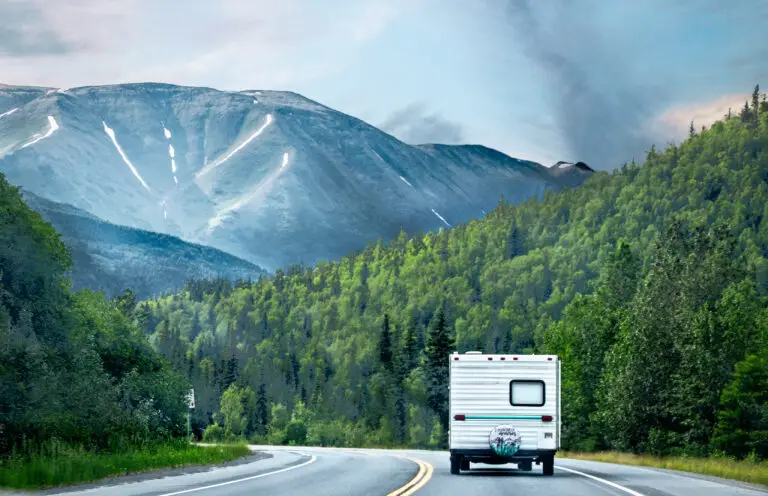
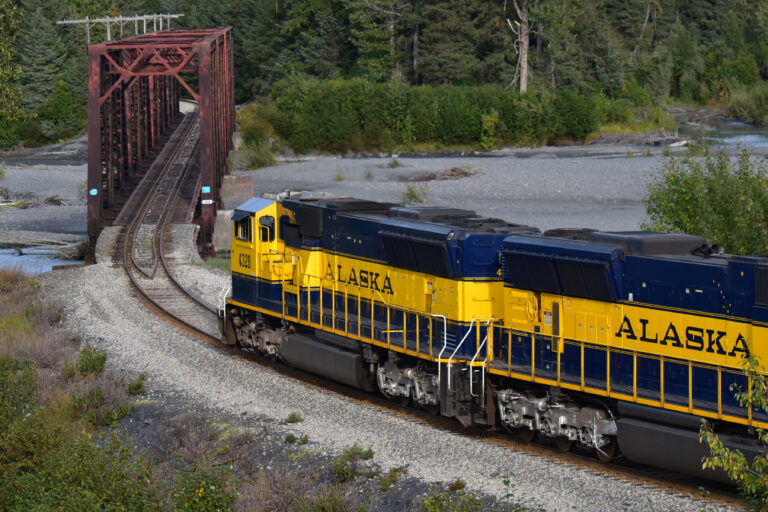
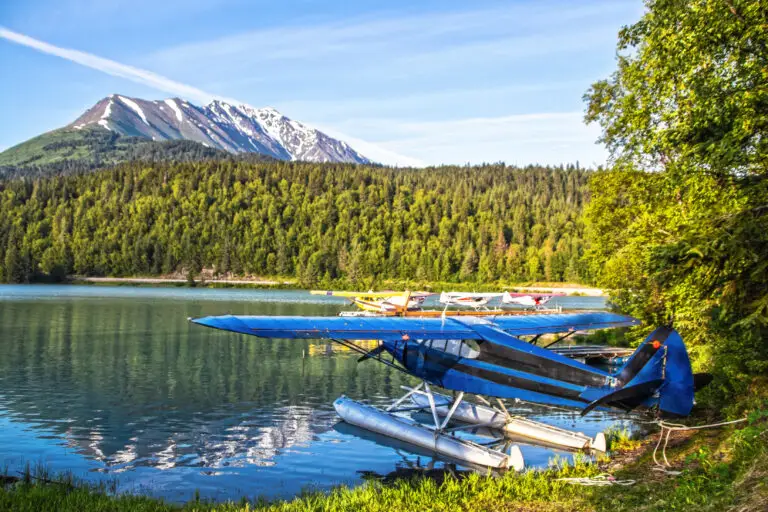

Transportation
To and Around the Kenai
Getting Here
The Kenai Peninsula is easily accessible from Anchorage, Alaska’s largest city. Visitors can reach the peninsula by car via the scenic Seward Highway, which offers breathtaking views of mountains, forests, and coastal landscapes along the way. Alternatively, the Alaska Railroad provides a unique travel experience with its picturesque train routes that connect Anchorage to Seward and other key destinations on the peninsula. For those flying in, the Kenai Peninsula has several regional airports, including Kenai Municipal Airport and Soldotna Airport, offering convenient access to various towns and attractions.
Getting Around
Once you arrive, getting around the Kenai Peninsula is straightforward. A personal vehicle is highly recommended for exploring the diverse landscapes and remote areas at your own pace. The main highways, such as the Sterling Highway and Seward Highway, are well-maintained and provide easy access to popular sites like Kenai Fjords National Park, Homer Spit, and the charming town of Seward.
For those looking to explore without the hassle of driving, local tour operators offer guided excursions that include wildlife viewing, fishing trips, and adventure tours. Additionally, public transportation options, including shuttles and buses, are available between major towns, making it easier to visit multiple locations during your stay.
Experience the Journey
Traveling to and around the Kenai Peninsula is not just about reaching your destination; it’s an integral part of the adventure. Whether you’re taking in the stunning vistas along the highways or embarking on a boat tour through the pristine waters of Prince William Sound, every moment spent traveling adds to the unforgettable experience of Alaska’s Playground. Embrace the journey and discover the natural beauty and rich culture that await you on the Kenai Peninsula.
Travel Tips
for the Kenai Peninsula
Average Daylight Hours:
In June the average amount of daylight is nineteen hours. While the sun briefly dips below the horizon, its glow illuminates the sky until it reappears a few hours later. This makes for long, beautiful evenings with plenty of light. About the time the leaves begin to turn their brilliant fall colors, we experience a rapid decrease in light. December has an average of five hours of daylight. With the passing of the winter solstice, the cycle begins again.
Average Temperatures and Precipitation
While most people expect Alaska to be cold, our summers have weather many dream of with an average high in the mid sixties, humidity around 50% and less than two inches of precipitation per month. Winter temperatures can be extreme, but The Kenai is one of the mildest winter climates in the state with average highs in the twenties and snowfall rarely accumulating more than four feet.
Banking Opportunities:
All of the incorporated communities on The Kenai have banking facilities available. First National Bank of Alaska, Wells Fargo Bank, Key Bank, Alaska USA Federal Credit Union, Credit Union One and more financial institutions may be found within the communities on the Kenai. ATM machines can be found in most grocery and convenience stores.
Cellular Phone Service:
If you have a US carrier, your phone ought to work well in most areas of the Kenai Peninsula, possibly in roaming mode. Check with your provider for details and rates.
Clothing:
One of the most predictable aspects of Alaska is that the weather is unpredictable. It is not uncommon to have temperature shifts of 10 to 20 degrees within a day. During the spring, summer, and fall, dressing in layers is the key to being comfortable. A light shirt, short or long sleeved, makes an excellent first layer. Over that, something for warmth like a sweatshirt, wool sweater or fleece pullover. The ideal outer layer is light waterproof jacket. Layers should be lightweight and easy to remove depending on weather changes or your activity. Don’t forget shorts or sleeveless shirts for those warm days! Comfortable footwear is a must, and if you plan to be out on the beach or hiking in the woods, waterproof boots are the best choice.
Driving Tips:
Alaska and Canada will honor a valid driver’s license, from any state or country, for 90 days after entry.
Seat belts must be worn by all drivers and passengers in all areas of Alaska.
All children under age five, regardless of weight, must ride in a federally approved child safety seat. Children ages 5-7 under 4’9″ tall and under 65 lbs. are required to use a booster seat.
Some stretches of the Seward and Sterling highways require that motorists must drive with headlights on at all times.
Winter visitors to Alaska need not worry too much about road conditions, while snow is always a factor the Alaska Department of Transportation has been maintaining roads in these conditions for years. Their system is safe, efficient, and effective. If you prefer to have some added precautions, studded tires are allowed in Alaska September through April.
In the springtime, be careful of frost heaves, large indentions in the pavement, the larger heaves can break an axle.
If there is a line of traffic behind your vehicle of five vehicles or greater the law requires you to pull over and let them pass.
Postal Service:
UPS, Federal Express, and the US Postal Service all provide rapid parcel delivery service into and out most Kenai Peninsula communities. Fish processing stores are abundant and will process, freeze and ship your fish for you on the date you specify.
Tidal Safety:
The tides of Cook Inlet have the second greatest tidal range in the world, with a maximum range approaching forty feet. While these tides are impressive to watch they can also be very dangerous. They boast powerful currents, some as fast as 20 miles per hour, and they come in very fast. The tidal flats are usually composed of gray clay that acts as a binding quicksand. DO NOT WALK OUT ONTO TIDAL FLATS IT IS EXTREMELY DANGEROUS.
Time Zone:
A state the size of Alaska needs it own time zone, called Alaska Time. We are one hour behind the Pacific Time Zone and four hours behind the East Coast Time Zone. When it is 12 noon in New York, then it is 8:00 am on The Kenai.
Featured Itineraries
For Your Trip to the Kenai Peninsula

Supremely Scenic Road Trip
4 Nights, 5 Days
Anchorage – Seward – Soldotna –Homer
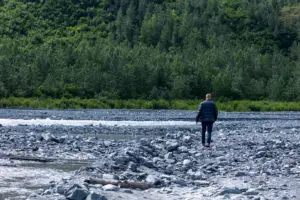
Off the Beaten Path
7 Nights, 8 Days
Anchorage – Hope – Moose Pass – Cooper Landing – Nikiski – Funny River – Kasilof – Clam Gulch – Ninilchik




